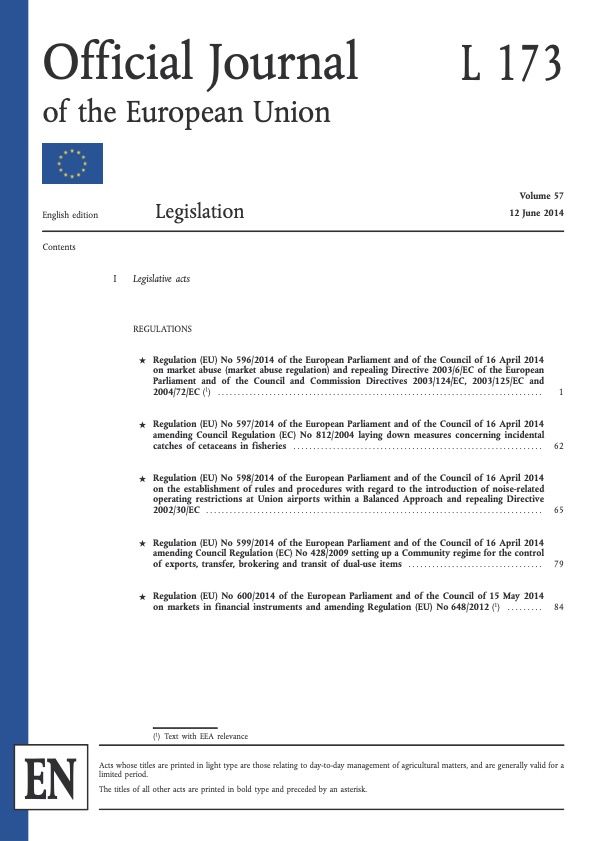Unveiling the Banking Recovery Directive: What You Need to Know
Have you ever pondered the mechanisms behind the stability of European banks during financial turmoil? At the heart of this resilience lies the Banking Recovery Directive. This essential directive is Europe’s answer to preventing and managing banking crises, fortifying the financial bulwark against economic shocks. Let’s delve deeper into this cornerstone of European banking regulation.
A Deeper Dive into the Directive
The Banking Recovery Directive, formally recognized as Directive (EU) 2014/59, was crafted by the European Union to ensure banks are adequately equipped to forestall and mitigate potential financial downturns. Instead of leaning on public funds to rescue ailing banks, the directive emphasizes the bank’s own responsibility in crafting robust recovery strategies.
Relevant Requirements
Banks operating within the purview of this directive have certain mandates to uphold:
- Formulate and continually update recovery plans to address any financial distress scenarios.
- Equip themselves with tools and provisions for possible recapitalization.
- Collaborate closely with regulatory authorities for timely and effective interventions.
Relevant Regulation and Articles
The directive is segmented into specific articles, each outlining detailed requirements and provisions. Here are some pivotal articles:
- Article 5: Stipulates the obligation for banks to create and maintain updated recovery plans.
- Article 6: Directs banks to illustrate methodologies to sustain critical functions amidst crises.
- Article 45: Outlines the minimum criteria for the bank’s own funds and eligible liabilities.
A comprehensive exploration can be accessed in the official Directive (EU) 2014/59.
Regulatory Expectations: A Closer Look
Regulatory authorities harbor specific expectations from banks under this directive:
- Strict Adherence: Banks are expected to rigorously follow the set guidelines, ensuring that their operations are in line with the recovery blueprint set by the directive.
- Transparent Communication: Maintaining open channels of communication with regulatory bodies is vital. Banks are urged to be transparent about their recovery strategies, updates, and potential vulnerabilities, allowing for a collaborative approach to crisis management.
- Dynamic Recovery Plans: The financial landscape is ever-evolving, and banks are expected to regularly test, review, and refine their recovery strategies. Whether driven by operational changes, structural shifts, or external market dynamics, these plans should remain adaptable and contemporary.
- Employee Training: A directive is only as effective as its execution. Banks should ensure their staff, especially those in strategic and decision-making roles, are well-acquainted with the recovery plans and trained to implement them during exigencies.
Frequently Asked Questions
Why is the Banking Recovery Directive of paramount importance?
The directive empowers European banks to confront financial crises proactively, minimizing economic fallout and the reliance on taxpayers’ funds for bailouts.
What prompts a bank to update its recovery plan?
Regular annual reviews, significant operational changes, structural shifts, or external financial disturbances are triggers for plan updates.
With the Banking Recovery Directive in play, European banks are better equipped and structured to navigate the challenging tides of financial crises, ensuring unwavering stability for stakeholders and economies alike.




